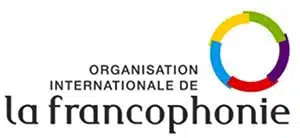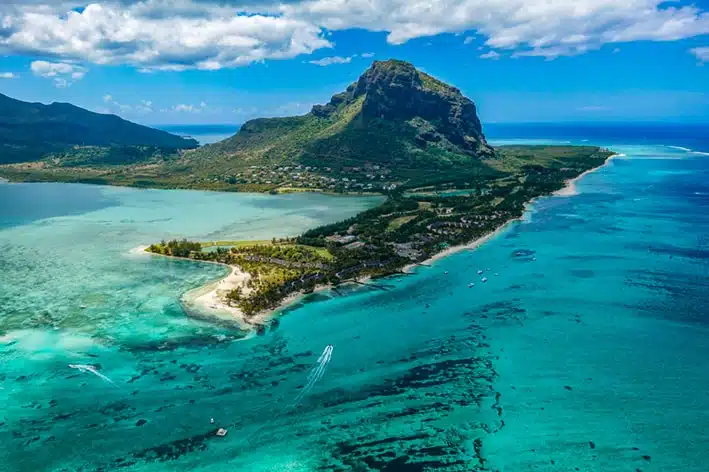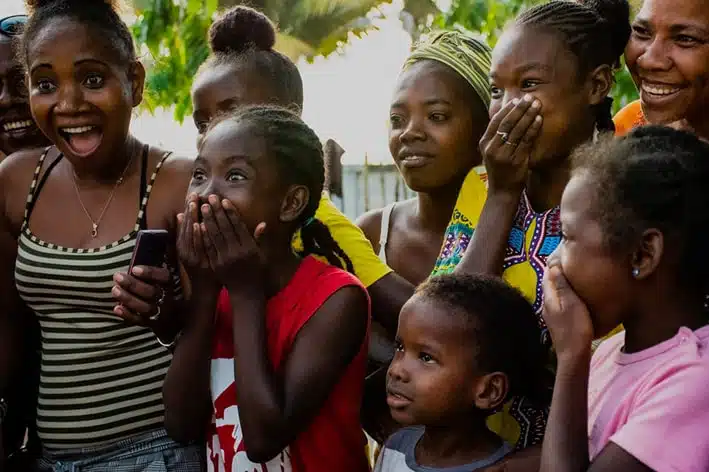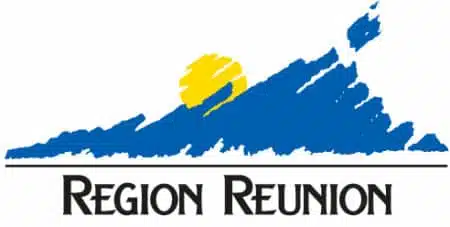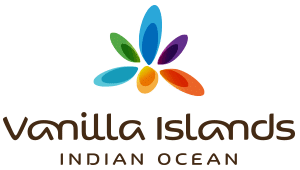In the fierce era of mass tourism, the Vanilla Islands emerge as a favored destination for those aspiring to travel more conscious and balanced. Slow tourism in these precious islands is not just an ethical choice; it’s a profound experience that reestablishes the delicate connection between humankind and nature while honoring the insular cultural treasures.
Slow tourism in the Vanilla Islands is an invitation to travel differently, taking time to discover the natural and cultural riches of destinations such as Reunion, Mauritius, Madagascar, the Comoros, and the Seychelles in a respectful and committed manner.
What is Slow Tourism?
Slow tourism means choosing to slow down our pace of discovery to fully immerse ourselves in the local environment, becoming aware of our ecological impact, and valuing the cultural heritage of the regions visited. It’s a practice that encourages us to travel less frequently but more profoundly, favoring meaningful and lasting experiences over the rapid and superficial consumption of tourist sites.
Inspired by the slow food movement, which advocates for the consumption of local products and the support of culinary traditions against the globalization of fast foods, slow tourism is intrinsically linked to sustainable tourism. It promotes a prolonged stay in a region, the use of gentle transport, experiencing local gastronomy, and an in-depth exploration of sites.
According to Janet E. Dickinson, author of “Slow Travel and Tourism,” slow tourism is based on three main principles:
Choice of transportation: Favoring slower modes of travel, like walking or cycling, over planes or cars.
Reducing the carbon footprint: Opt for travel options that minimize CO2 emissions.
Quality of the travel experience: Fully engaging in the culture and local life rather than ticking off a list of tourist sites to visit.
How to Practice Slow Tourism in the Vanilla Islands
The Vanilla Islands offer various opportunities for practicing slow tourism:
Hiking: Trails allow you to discover the islands’ natural and sometimes historical beauty at a measured pace.
Bicycle Trips: These allow you to explore the islands at a moderate speed while reducing your carbon footprint.
Living Like a Local: Staying in cottages, interacting with residents, and integrating into the community for an authentic experience.
Eating Like a Local: Favoring local produce and traditional meals in places frequented by residents rather than tourists.
Shopping Like a Local: Visiting local markets to buy regional products and, perhaps, trying to prepare a typical dish.
Entertaining Like a Local: Discovering popular local hangouts and participating in local activities and festivities.
Moreover, slow tourism in the Vanilla Islands emphasizes the importance of learning from local experts and elders. These guardians of tradition and nature offer invaluable insights into the islands’ history, ecosystems, and cultural practices. Tourists gain a profound understanding of the islands ‘ heritage by engaging with them in storytelling sessions, guided nature walks, or traditional craft-making workshops. This interaction promotes cultural exchange and supports the local economy by providing a platform for these local experts to share their knowledge and skills. Such experiences embody the spirit of slow tourism, where every encounter is an opportunity for meaningful exchange and learning, deepening the traveler’s appreciation of the islands’ unique character and contributing to the preservation of their intangible cultural heritage.
Sailing and Slow Tourism
Sailing, in all its forms, gracefully integrates into the concept of slow tourism, especially in the enchanting context of the Vanilla Islands. The experience of the sea, central to island life, is expressed in various practices that slow down the pace and intensify sensations.
Sailing is an authentic manifestation of slow tourism. It invites communion with the elements, where one learns to read the wind and respect the rhythm imposed by the weather. This type of navigation embodies the spirit of slow travel: it’s about merging with nature’s time, taking your time, and accepting the whims of the elements, all while moving in an eco-responsible manner.
The canoe, on the other hand, echoes a rich cultural heritage. Gliding on the water in these traditional boats is to participate in the perpetuation of local know-how. It’s also a way for travelers to get closer to the history of the islands and their inhabitants while navigating at a pace that allows them to savor each moment.
Kayaking allows you to approach the islands from a different angle, offering a dreamy proximity to nature. Paddling along the coasts, travelers discover secret coves, deserted beaches, and panoramas inaccessible by other means. The slow progress and the silence accompanying the boat gliding on the water are conducive to a respectful observation of the fauna and flora.
Finally, free diving or snorkeling, although not a means of navigation per se, fit into this quest for slowness and respect for the environment. They offer direct immersion in the living spectacle of coral reefs, allowing a delicate encounter with underwater life.
Practicing navigation in the context of slow tourism in the Vanilla Islands is not just a choice of transport; it’s a travel philosophy. It encourages closer ties with the ocean, awareness of the impact of our movements, and living fully in the present moment in perfect harmony with the maritime world.
En partenariat avec


